Understanding Volumetrics: The Power of Low-Energy-Density Foods
The Volumetrics Diet, introduced by scientist Barbara Rolls in 2000, emphasizes the idea that the volume of food consumed matters. This diet encourages eating a large amount of food that is low in calories, allowing people to feel full while consuming fewer calories overall. In addition to focusing on high-volume, low-calorie foods, the diet promotes at least 30-60 minutes of exercise each day.
Foods on the Volumetrics Diet are categorized based on their calorie density. To determine a food’s category, divide the number of calories per serving by its weight in grams, resulting in a number between 0 and 9. The goal is to prioritize foods from categories one and two while consuming foods from categories three and four sparingly. In my opinion, the specific calorie density number is less important than focusing on the category itself.
Category One. Foods in this category should form the base of your daily food intake. Foods in this category include bananas, apples, grapefruits, non-starchy vegetables (such as broccoli, carrots, beets, and Brussels sprouts), nonfat dairy products, and broth-based soups. The calorie density for this category is under 0.6.
Category Two. Foods in this category should be consumed in moderation. Examples of food in this category include skinless chicken, turkey, lean cuts of pork (such as pork loin) and beef (95% lean ground beef), starchy vegetables (like potatoes and corn), legumes (like dried beans, chickpeas, and lentils), and whole grains (like brown rice and quinoa). The calorie density for this category ranges from 0.7 and 1.5.
Category Three. Although foods in this category can still be considered healthy, they should be consumed in moderation, eaten in small portions. Foods in this category include fatty meats, fish, poultry with the skin on, full-fat dairy products, and refined carbohydrates (such as pasta, white bread, and white rice). The calorie density for this category ranges from 1.6 and 3.9.
Category Four. Foods in this category should be consumed sparingly, as they include processed, sugary, and fatty foods. Examples of foods in this category include nuts, seeds, oils, shortening, butter, fast food, candy, and chips. The calorie density for this category ranges from 4 and 9.
Benefits of Volumetrics: Beyond Weight Loss
The Volumetrics Diet has been proven beneficial for many individuals. It can effectively jumpstart a long-term, healthy lifestyle change and promote sustainable weight management over time, as this eating approach focuses on reducing processed foods and increasing fiber intake.
Fiber has many benefits, particularly within the Volumetrics Diet due to the large quantity of fiber consumed. For instance, fiber aids in promoting a feeling of fullness as it takes longer to digest. Additionally, it supports digestive health by promoting regular bowel movements. Consuming more fiber is also beneficial for cardiovascular health; the more fiber you eat, the lower your cholesterol levels should be, since fiber binds to cholesterol and helps remove it from the body.
There are many resources available for those interested in trying the Volumetrics Diet. One highly recommended resource is “The Ultimate Volumetrics Diet”, a book by Barbara Rolls, PhD, and Mindy Hermann, RD. This book features 105 recipes and includes numerous user-friendly tools. It also features a twelve-week program with step-by-step tips designed to help develop habits that promote weight loss and maintain it over time.
-
Cleveland Clinic. (2025, June 17). What is the Volumetrics Diet? https://health.clevelandclinic.org/volumetrics-diet
-
Soliman G. A. (2019). Dietary Fiber, Atherosclerosis, and Cardiovascular Disease. Nutrients, 11(5), 1155. https://doi.org/10.3390/nu11051155


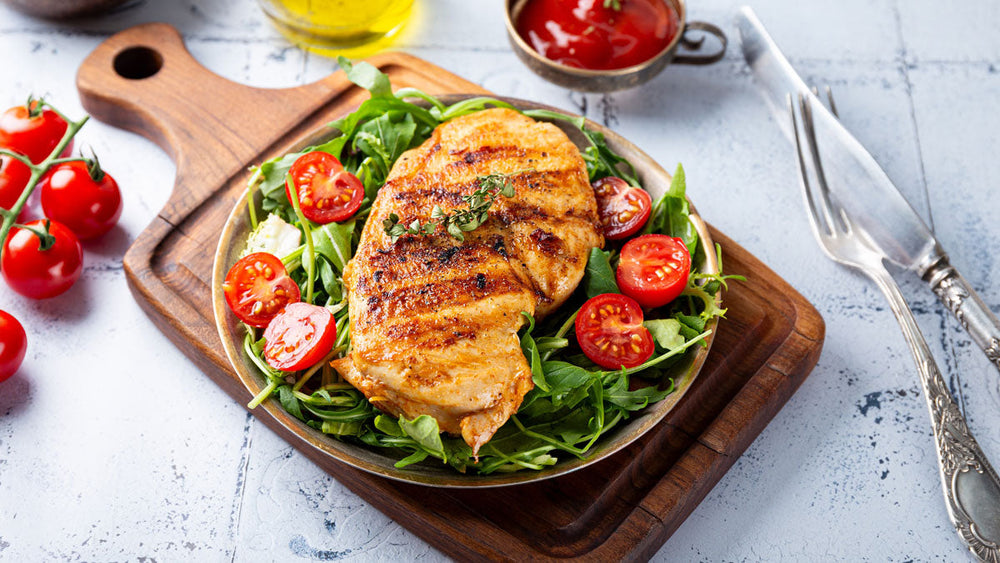
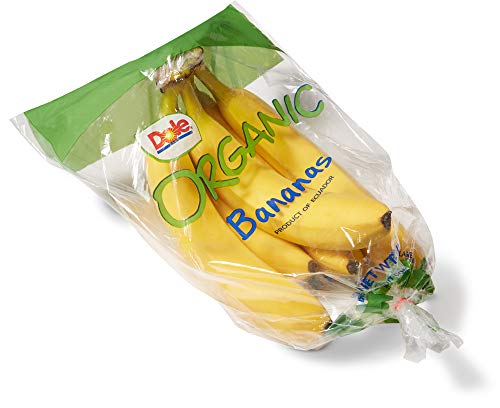
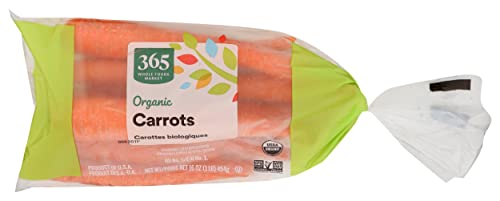
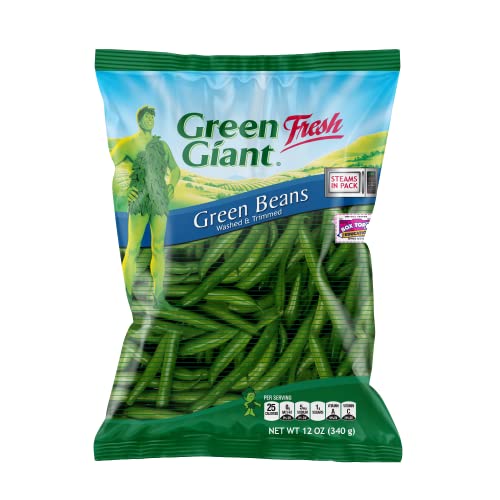




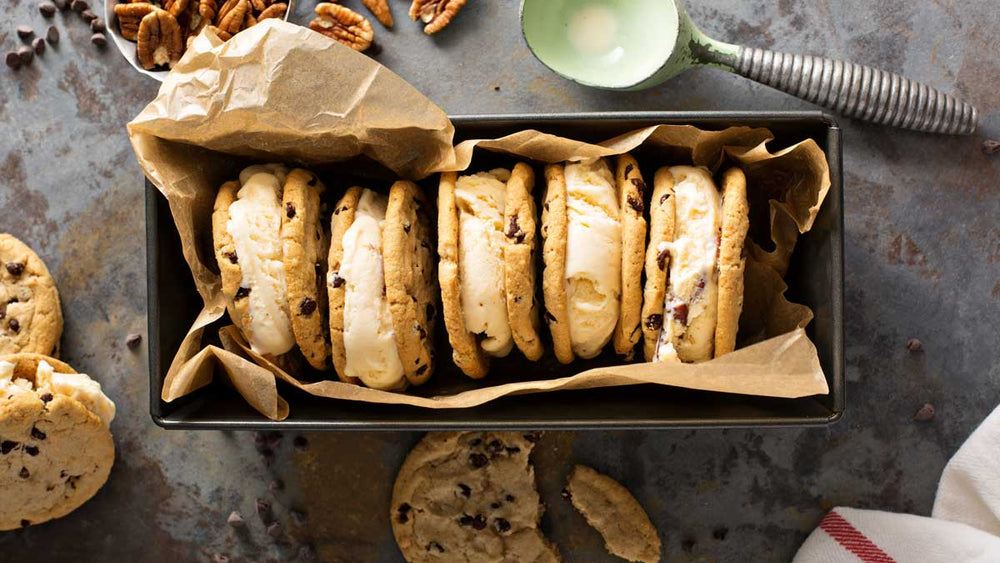

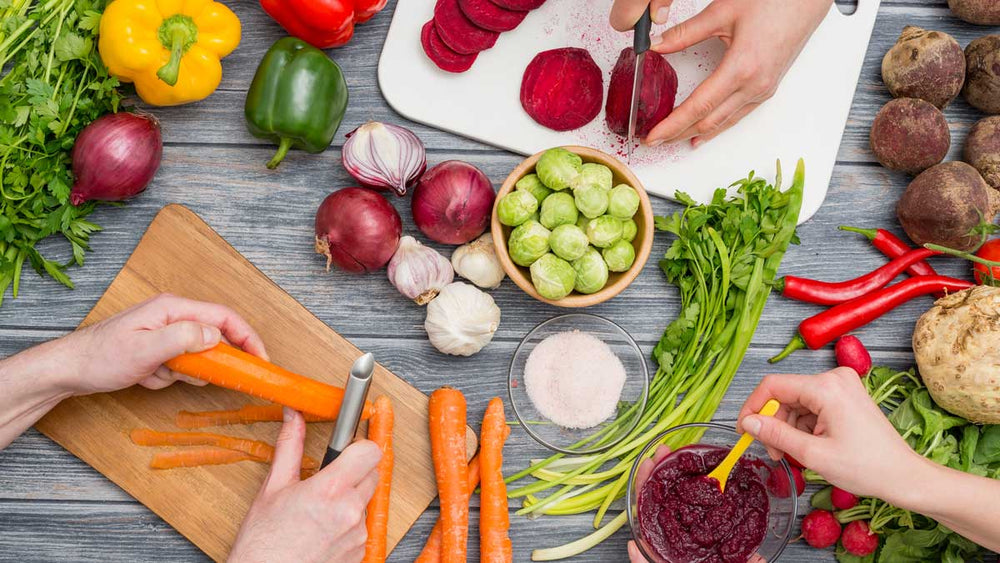

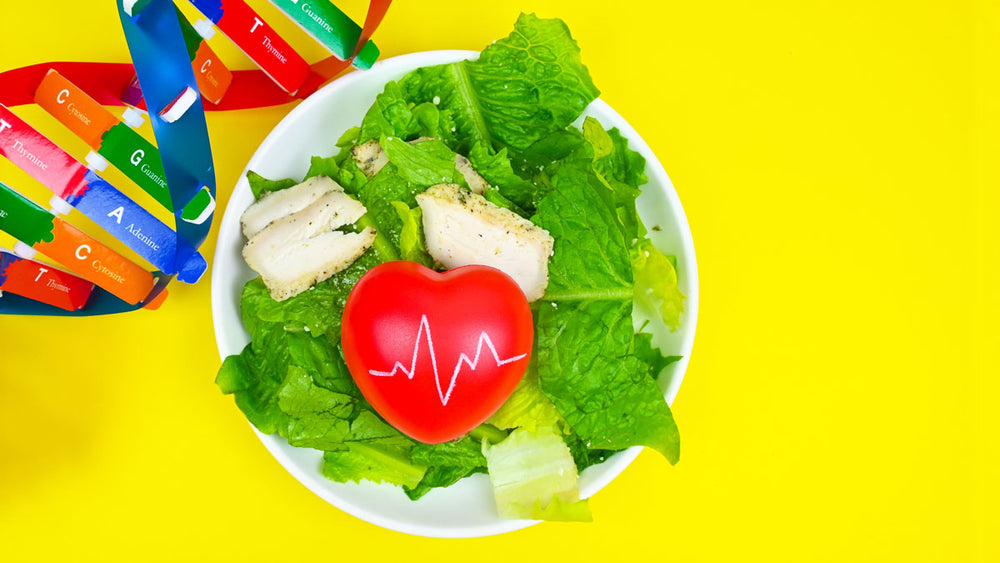

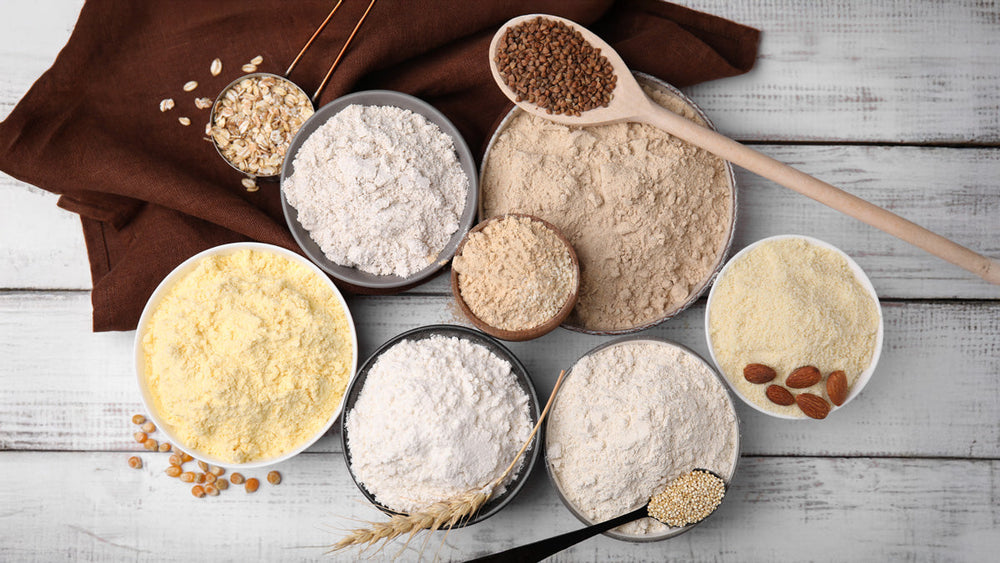




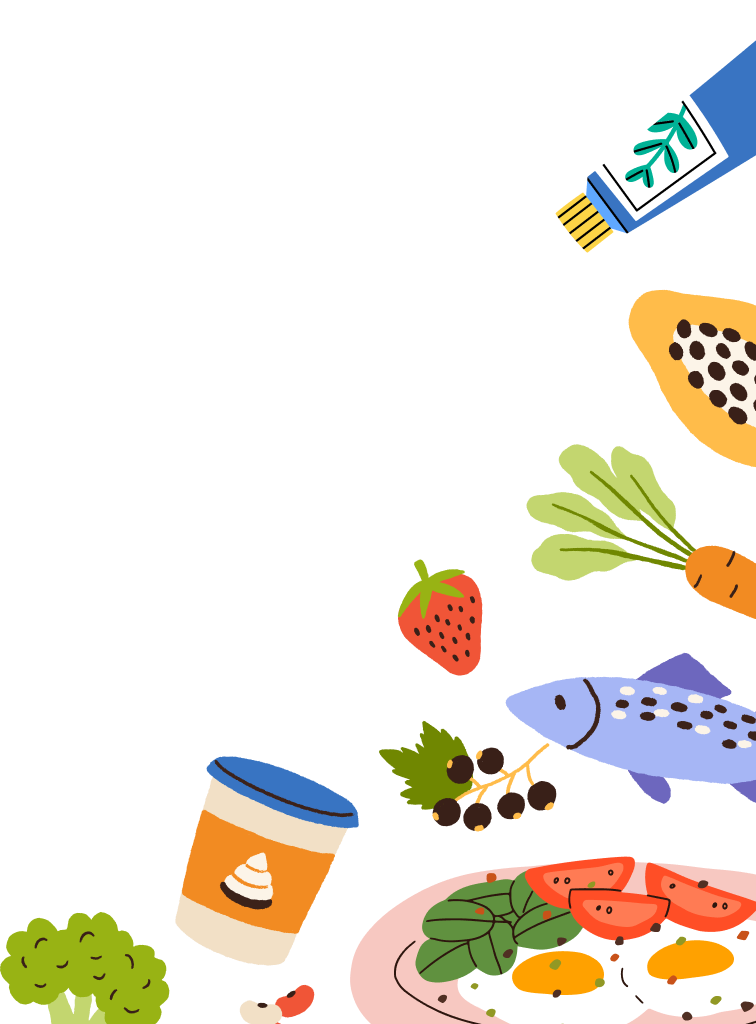
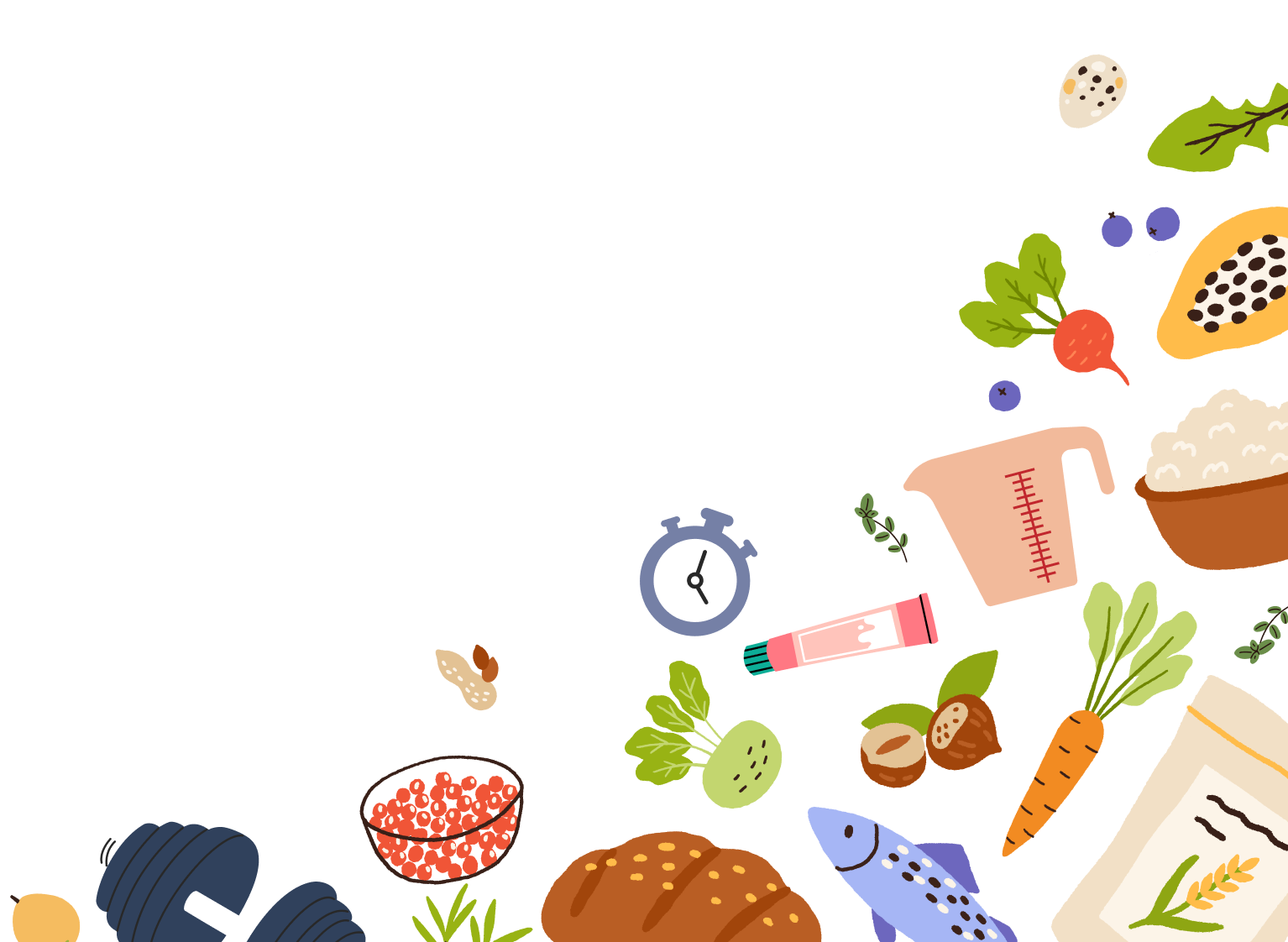
Comments
Join The Conversation...